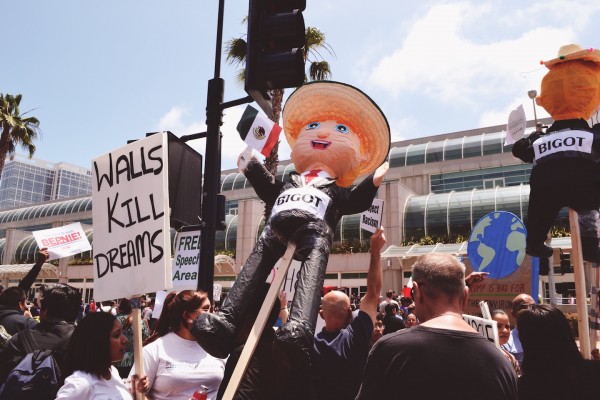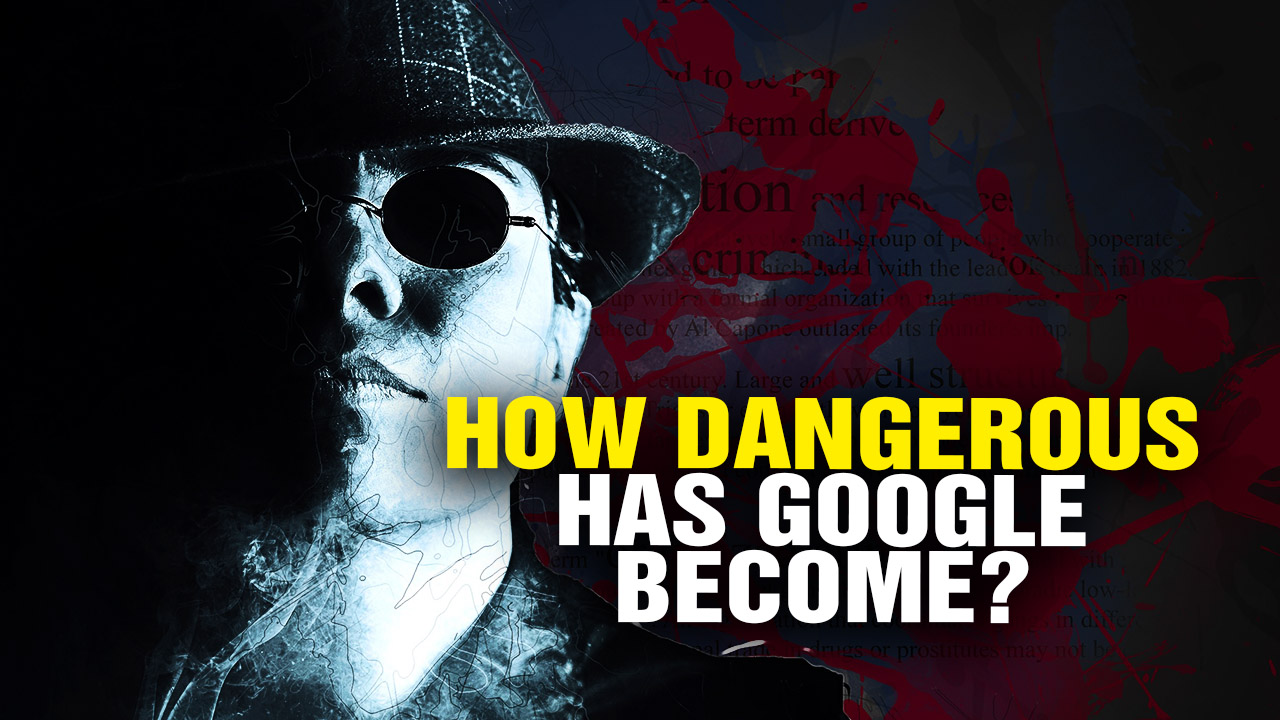Researchers have unearthed new evidence implicating biotech giant Monsanto in one of the biggest scandals of the century: Monsanto and regulators have known for nearly 40 years that glyphosate causes cancer and tumor development.
The revelations emerged after two independent scientists gained access to Monsanto’s secret toxicology studies on glyphosate, the primary ingredient in Monsanto’s Roundup – the world’s most widely applied herbicide.
Dr. Anthony Samsel and Dr. Stephanie Seneff, who have authored several scientific papers on the harm caused by glyphosate, were able to obtain some of Monsanto’s studies after Samsel’s request for documents was granted by his senator, reports GM Watch.1
They are the first independent researchers to ever examine Monsanto’s secret toxicology reports on glyphosate. After reviewing Monsanto’s data, Samsel and Seneff concluded that “significant evidence of tumours was found during these investigations.”
It’s noteworthy to add that Monsanto shill and University of Florida professor Kevin Folta called Dr. Seneff “crazy” in an email to a Monsanto executive in October 2014 [PDF].2
Monsanto FAKED safety tests on glyphosate to ensure product approval
Monsanto, however, was able to cover up the glyphosate-causing health impacts by diluting their data with irrelevant information from unrelated studies, the researchers say. Monsanto included irrelevant historical control data from other experiments “to create doubt and obscure the statistical significance of inconvenient findings, which may have prevented product registration.”
GM Watch reports:
This is data from the control animals in other unrelated experiments, which may have been carried out under widely differing conditions. This practice had the effect of creating experimental noise which cancelled out the statistically significant findings of increased tumours in any one experiment.
In various cancer experiments, Samsel and Seneff found, Monsanto introduced spurious data from 3, 5, 7 and even 11 unrelated study controls to effectively eliminate results, as needed.
In some instances, Samsel and Seneff noted, the experiments’ internal controls showed zero incidence of tumours, while the results for the glyphosate-treated groups showed a statistically significant increase.
Samsel and Seneff concluded that had Monsanto not faked their safety trials, glyphosate may never have been approved for use in the first place!
Glyphosate-product sales reached $6.5 billion in 2011
The discovery is particularly evil considering Monsanto pressured the World Health Organization to retract its findings in the spring of 2015 linking glyphosate to cancer, claiming the researchers’ work was of bad qualty.3
Samsel and Seneff say Monsanto used the “dishonest magic of comparing the findings to data from unrelated historical controls,” which were “explained away as a mystery and deemed not to be related to administration of the glyphosate.
“Using these deviations effectively neutralized the inconvenient results and thus allowed the product to be brought to market. Had they not engaged in this deception, glyphosate may never have been registered for use.”
The documents also revealed that EPA officials were not unanimous in their decision to approve glyphosate, with signing product registration with “DO NOT CONCUR.”
Monsanto also faked data concealing glyphosate’s link to birth defects
It turns out this is NOT the first time Monsanto has faked scientific data to dismiss health effects caused by their products, according to GM Watch, which stated that several years ago its researcher Clair Robinson observed Monsanto and regulators using the exact same tactic to dismiss evidence relating to birth defects cause by glyphosate.
Because Monsanto included irrelevant data from unrelated studies, the number of tumors in animals did not always increase in a linear “ski-slope” line with the dose. “In some cases, the mid dose produced fewer tumours than the lowest dose, though both doses produced more tumors than controls (no glyphosate administered).
“In the case of birth defects, this lack of a ‘linear dose-response’ was relied upon by industry and regulators to dismiss increased malformations in animals fed glyphosate as not related to the chemical,” reports GM Watch.
Researchers believe it was probably used in the same way to dismiss tumors in glyphosate-treated animals. Yet, the idea is completely outdated as scientists now understand that lower doses don’t always equal less toxicity.
For instance, endocrine mimickers have proven be highly disruptive in very low doses – a concept well understood by independent scientists since the 1990s.
How glyphosate causes cancer
Samsel and Seneff theorize that glyphosate may cause cancer through its “ability to bind (chelate) manganese, reducing its bioavailability, which could contribute to oxidative damage to cells,” potentially leading to cancer.
Sources:
[1] http://gmwatch.org/news/latest-news/16515-monsanto-s-secret-studies-reveal-glyphosate-link-to-cancer
[2] http://www.naturalnews.com/files/kevin-folta-uoffloridadocs.pdf
[3] http://www.reuters.com/article/2015/03/24/us-monsanto-herbicide-idUSKBN0MK2GF20150324#2DuXuvQLJsr1sPGH.97
[4] https://www.foeeurope.org/sites/default/files/press_releases/foee_1_introducing_glyphosate.pdf



















